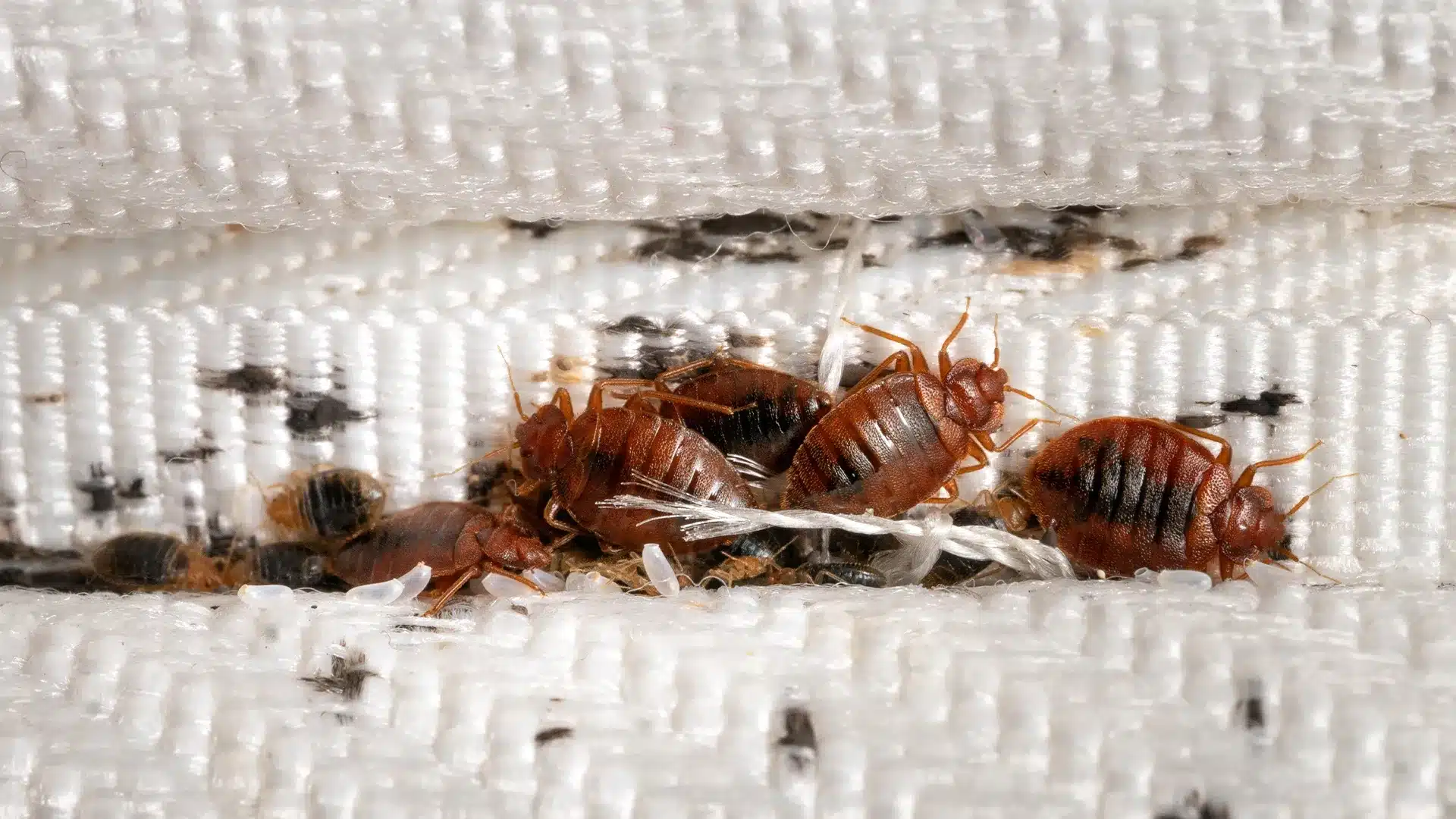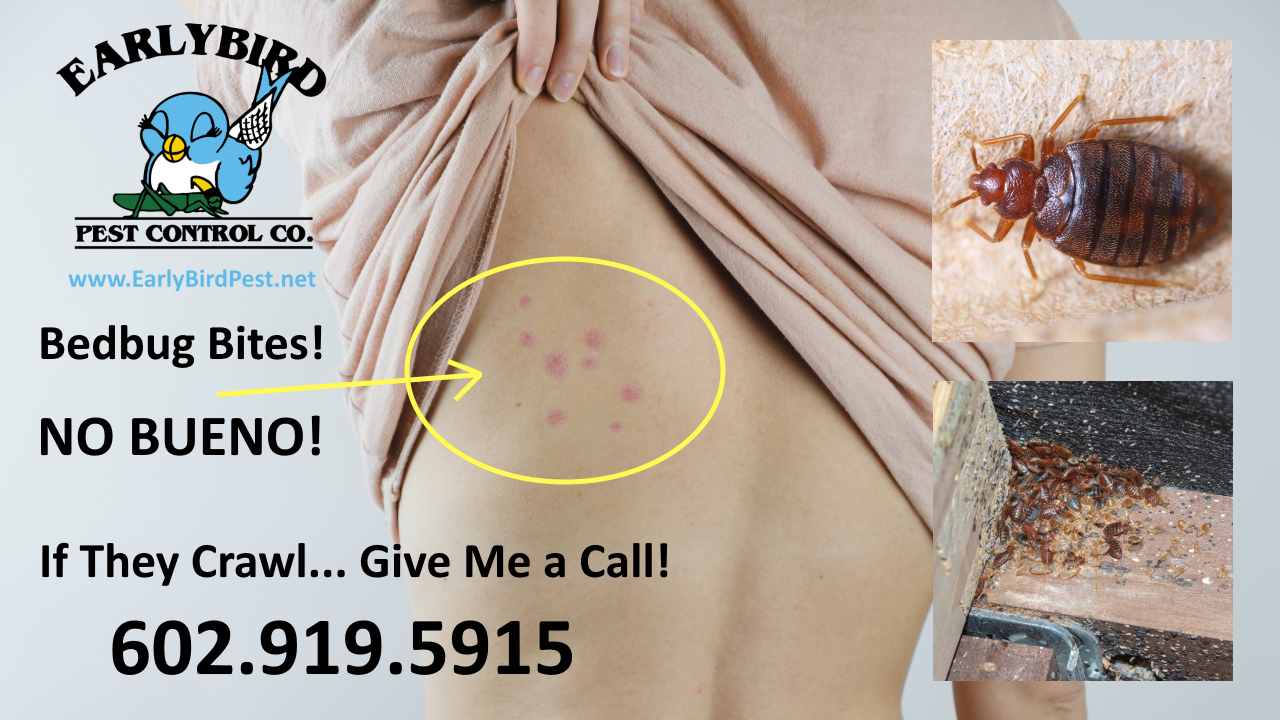Comprehensive Bed Bug Heat Treatment Services for Complete Elimination
Comprehensive Bed Bug Heat Treatment Services for Complete Elimination
Blog Article
Obtain Informed Concerning the Types of Insect Control Methods and Their Advantages for House Owners
Comprehending the different bug control methods readily available to homeowners is crucial for effective pest administration. From chemical and organic techniques to social and mechanical practices, each approach offers special advantages that can considerably impact both health and wellness and ecological safety and security. Homeowners who are well-informed can make critical choices that not only address parasite issues however also enhance the overall quality of their living environment. As we check out these techniques additionally, it comes to be clear that the decision-making procedure entails greater than simply immediate results; it discuss long-lasting sustainability and health. What aspects should influence these vital choices?
Chemical Pest Control Approaches
Chemical parasite control approaches are an important part of integrated bug administration approaches for homeowners seeking reliable solutions to pest invasions. These methods entail the application of chemical materials made to eliminate or hinder bugs that threaten personal effects, wellness, and convenience. Common chemicals used include pesticides, rodenticides, fungicides, and herbicides, each customized to target particular bugs.
The main advantage of chemical pest control is its fast performance; many formulas offer instant results, decreasing pest populations substantially quickly. In addition, developments in chemical solutions have actually caused items that are a lot more eco pleasant and have lower toxicity levels for non-target organisms when applied appropriately.

Organic Parasite Control Strategies
All-natural pest control methods have actually gained prominence as home owners seek safer and much more lasting alternatives to standard chemical approaches. Organic bug control methods use natural predators, bloodsuckers, or pathogens to handle parasite populations properly. This approach is not only environmentally pleasant but additionally minimizes the threat of damage to non-target types, including advantageous pests and wildlife.
One of one of the most common biological control approaches includes introducing natural killers into the atmosphere. Ladybugs can be utilized to regulate aphid populaces, while nematodes target soil-dwelling parasites like grubs. Additionally, parasitoids-- microorganisms that live on or within a host-- can be used to control certain pest species by laying eggs inside them, eventually leading to their demise.
Another method is using biopesticides, which are stemmed from natural products such as bacteria, minerals, or plants (bed bug exterminator). These items can successfully target bugs while positioning very little risk to animals and human beings. In general, biological pest control strategies give homeowners with an effective ways of insect monitoring that lines up with environmental principles, advertising a much healthier living setting while reducing reliance on artificial chemicals
Mechanical Insect Control Techniques
Mechanical bug control approaches incorporate a range of methods that literally stop or eliminate parasites without making use of chemicals. These strategies are specifically useful for property owners looking for environmentally friendly choices while making sure the safety and security of their space.
One typical technique is the use of barriers, such as traps, displays, and webs, which protect against pests from entering homes or details areas. For instance, mounting window displays can properly keep bugs out, while making use of physical obstacles around gardens can discourage bigger parasites like bunnies or deer. Additionally, mechanical traps designed for rats can record and remove these bugs without the demand for poisonous substances.
One more effective technique involves using vacuums and brooms to eliminate bugs straight from surfaces. Normal cleaning and maintenance can substantially decrease parasite populations by getting rid of food resources and hiding spots. Employing tools like ultrasonic parasite repellents can hinder numerous parasites with sound waves that are undesirable to them yet inaudible to people.
Cultural Parasite Control Practices
Cultural parasite control practices concentrate on changing the setting and management methods to produce problems that are much less favorable to pest infestations. These practices are essential in maintaining a balanced ecological community and lowering the dependence on chemical interventions. By changing farming practices, home owners can effectively discourage pests while advertising plant wellness.
One common approach consists of crop turning, which disrupts the life process of insects by changing the types of plants grown in a particular area (bed bug exterminator). This not just reduces pest populations yet also improves dirt health and wellness. Furthermore, intercropping-- planting diverse crops in distance-- can confuse insects and reduce their capability to find their preferred host plants
Water monitoring is one more vital aspect of social practices. Proper watering techniques can avoid standing water, which offers as a reproduction ground for insects and other pests. Preserving tidiness in and around additional info the home, such as frequently removing debris and food waste, can significantly minimize insect attraction.
Integrating these cultural practices right into an extensive bug administration technique allows homeowners to create a setting that naturally deters insects, therefore improving the performance of various other control methods while advertising sustainable gardening and landscape design.

Integrated Parasite Management Approaches
Integrated Bug Administration (IPM) stands for an alternative strategy that combines various techniques to successfully take care of insect populations while reducing environmental impact. This approach integrates organic, cultural, physical, and chemical practices to achieve sustainable bug control. By assessing pest populaces and their all-natural opponents, IPM highlights monitoring and recognizing pests before implementing control actions.
Among the core concepts of IPM is using thresholds, which establish the level of bug activity that necessitates treatment. This guarantees that treatments are applied only when needed, lowering the reliance on chemical pesticides. Continue Biological control methods, such as introducing natural predators or bloodsuckers, operate in conjunction with cultural practices like plant rotation and habitat adjustment to interfere with pest life cycles.
Moreover, IPM motivates using least-toxic chemical options when treatment is essential, prioritizing items that pose minimal risk to non-target microorganisms and the atmosphere. For homeowners, taking on IPM comes close to not just enhances the efficiency of pest management yet also promotes a much healthier living setting, promoting biodiversity and decreasing chemical exposure. Eventually, IPM equips homeowners to make informed decisions that balance bug control with ecological responsibility.
Conclusion
To conclude, understanding the numerous pest control approaches equips home owners to make educated choices concerning pest administration. Each approach-- chemical, organic, mechanical, cultural, and integrated insect monitoring-- uses distinctive benefits that deal with different requirements and preferences. By choosing proper methods, property owners can properly handle pest populaces while decreasing health and wellness risks and environmental impacts. This educated strategy adds to a healthier living atmosphere, promoting general health for households and pet dogs alike.
Comprehending the various parasite control methods offered to house owners is necessary for reliable insect administration.Chemical parasite control techniques are an important part of incorporated pest monitoring view it now methods for property owners seeking efficient solutions to pest infestations. Generally, biological parasite control strategies give home owners with an efficient means of pest monitoring that straightens with eco-friendly concepts, advertising a healthier living atmosphere while lowering reliance on artificial chemicals.
Social insect control methods focus on changing the setting and administration techniques to develop conditions that are much less favorable to pest problems.In final thought, comprehending the various insect control techniques equips home owners to make informed choices pertaining to pest management.
Report this page